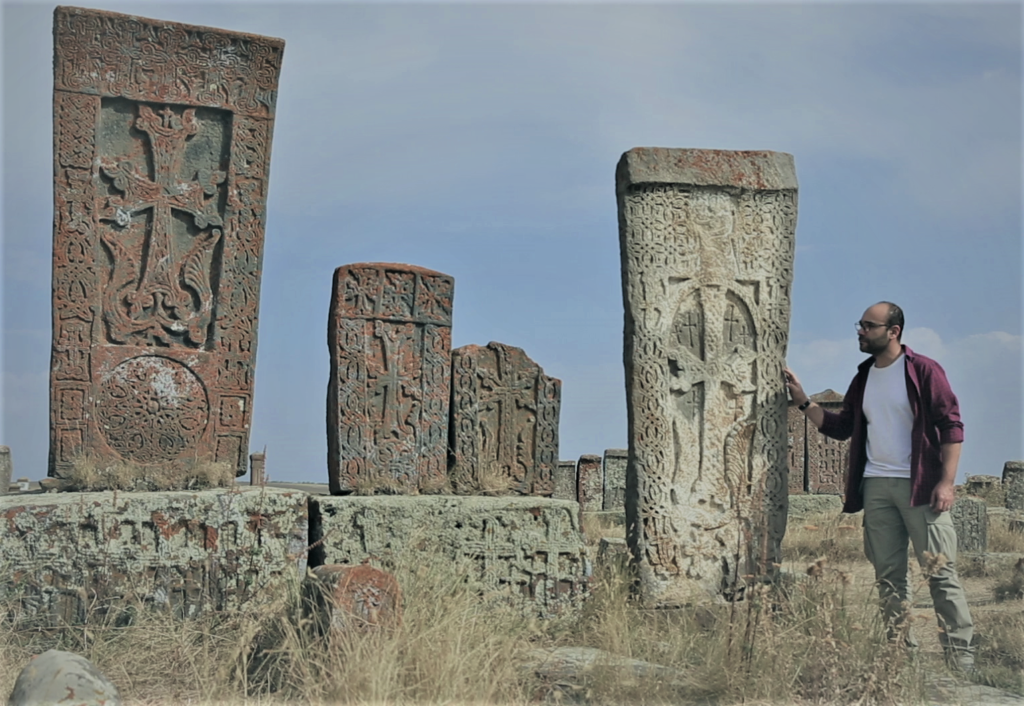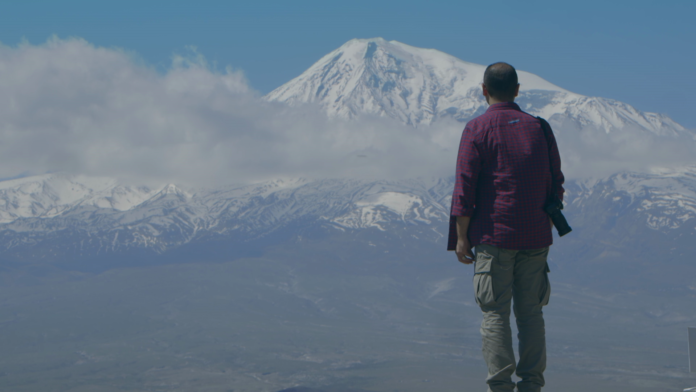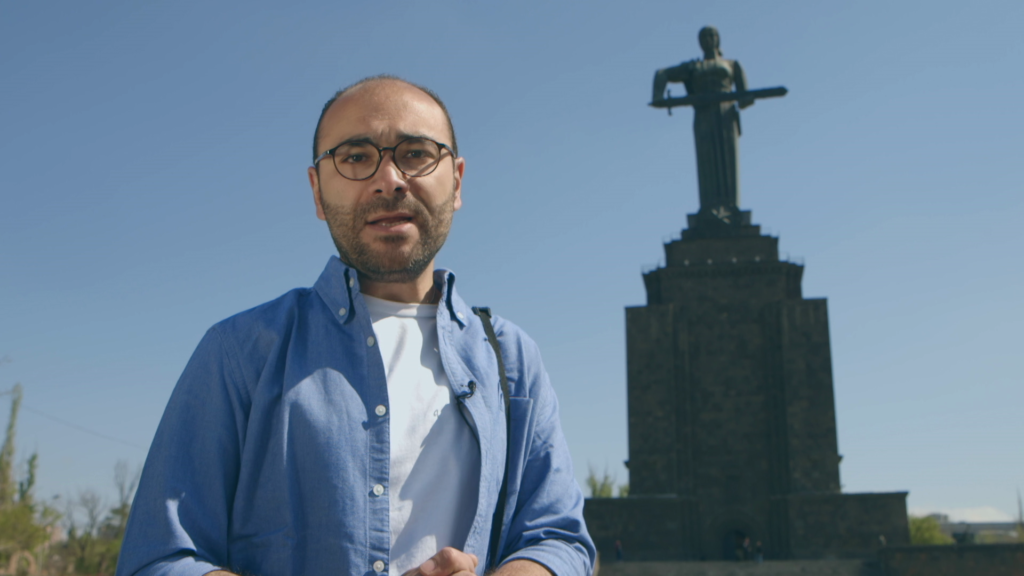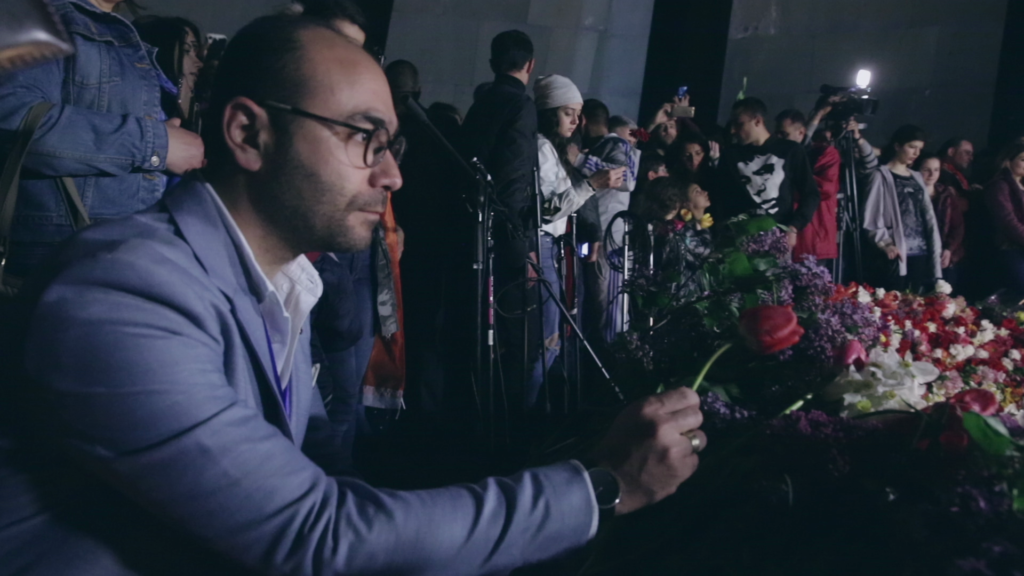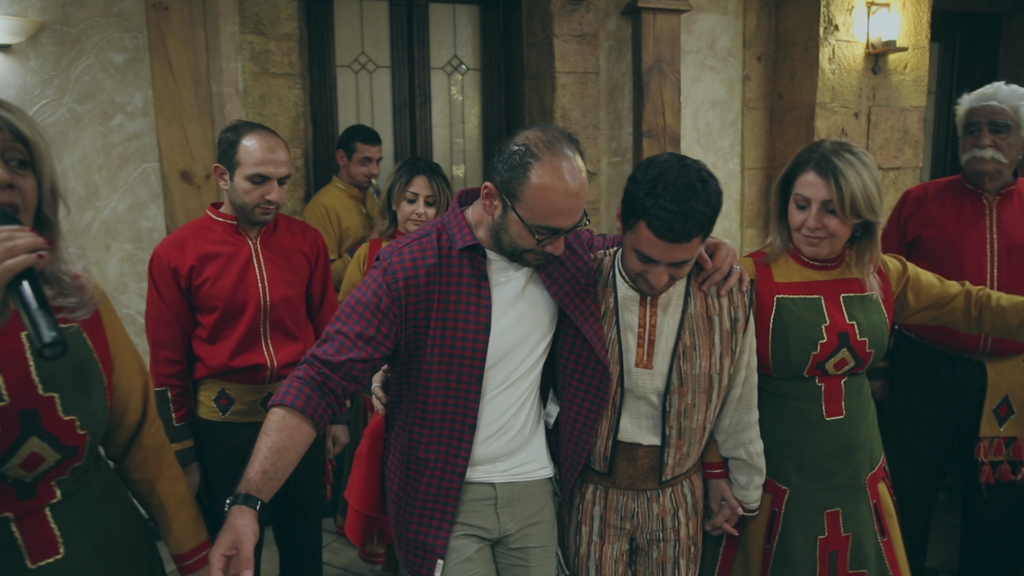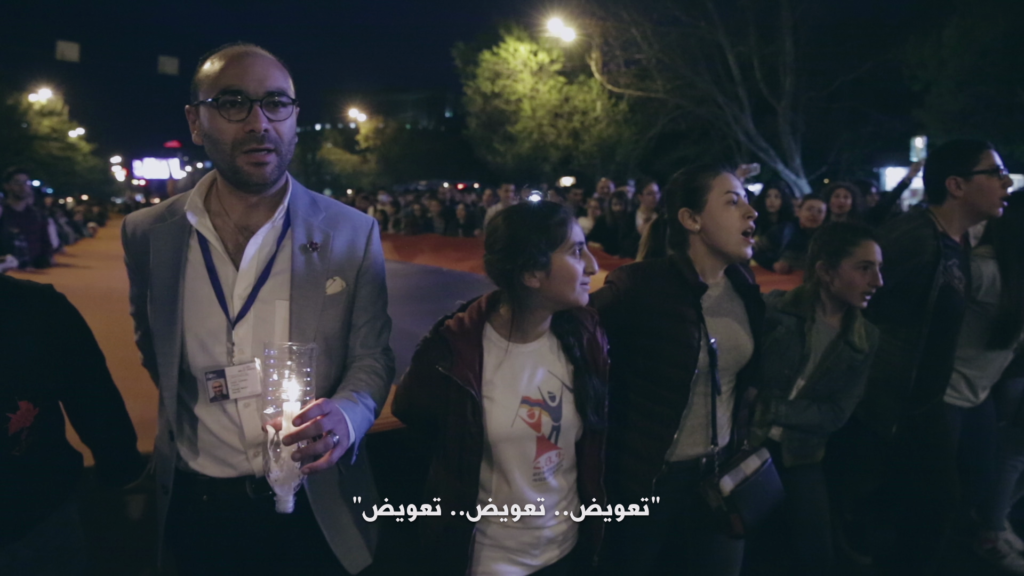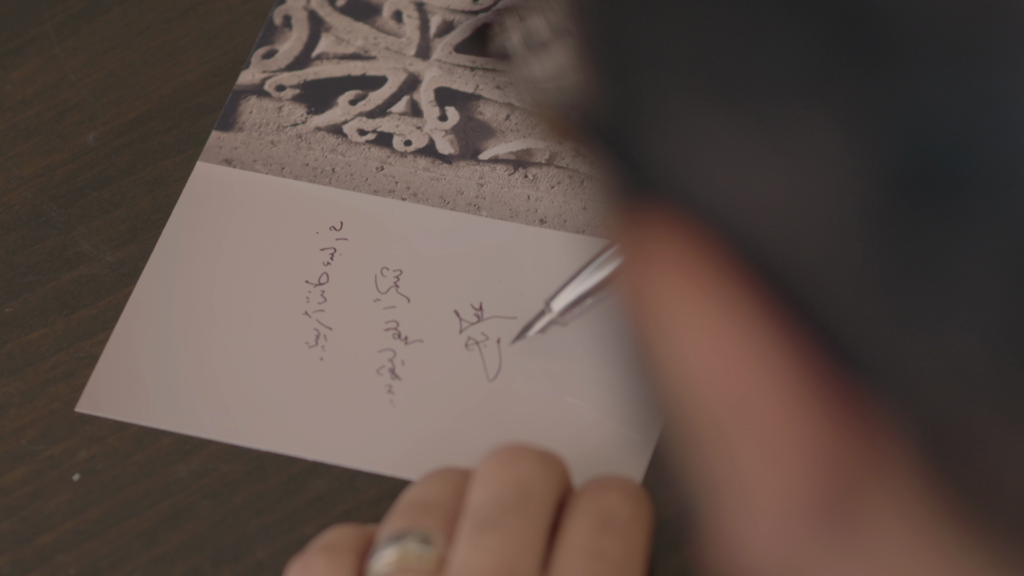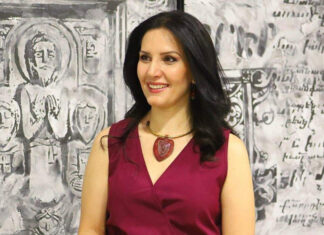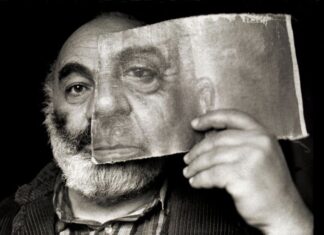By Maydaa Nadar
Special to the Mirror-Spectator
CAIRO – Due to the COVID-19 pandemic, countless events are suspended worldwide. However, before the partial lockdown in Egypt, a very important celebration took place. In the presence of the Armenian community in Cairo and the Egyptians interested in Armenia, the documentary “In the Beginning Was Armenia” was screened on March 7, 2020.
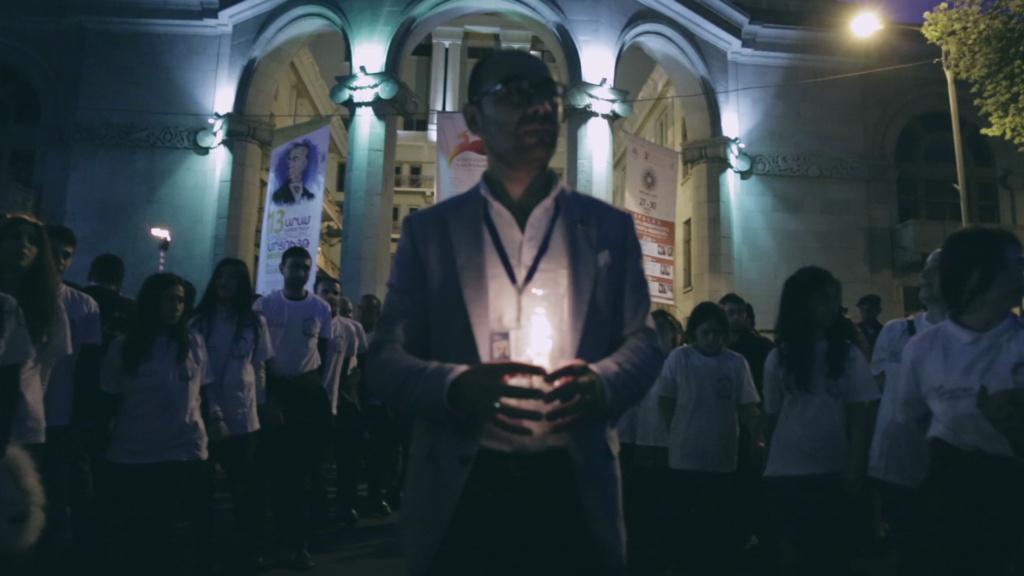
The story started when the Egyptian photographer Essam Nagy held the first piece, a photomacrograph, which he bought from Levon, an Armenian who had a photography shop and lived in Egypt. Levon deeply loved his homeland and used to talk about it proudly. Before the latter passed away, he gave the former a valuable present. A khachkar [cross-stone] was the gift and was the key that opened to us the gate to discover Armenia and enjoy its endless treasure.
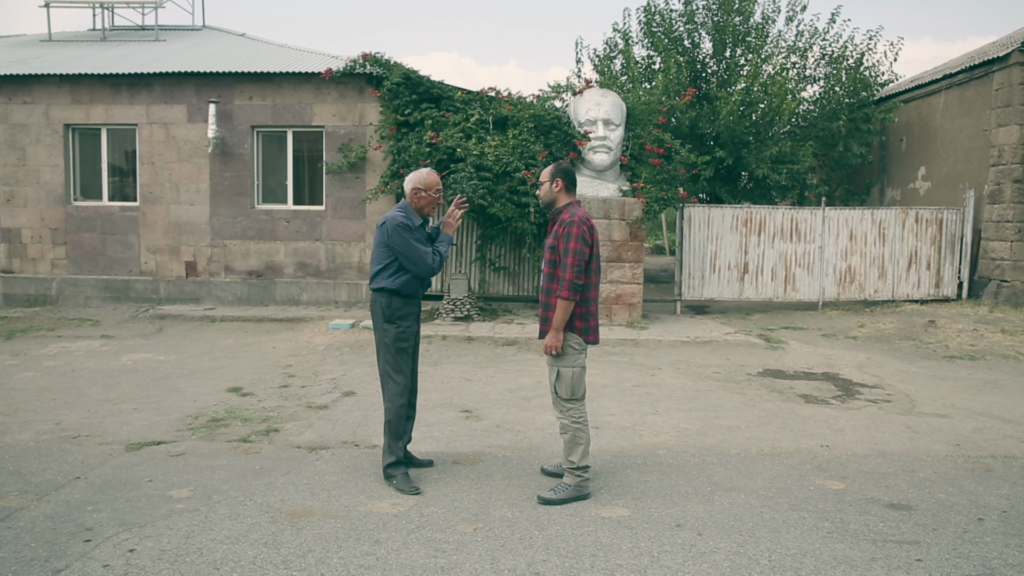
Armenians and the Church
The documentary is divided into three parts: “The Khatchkar Maker,” “Sons of Fire and Roses” and “Return and Rebirth.” After Essam lands in the Armenian capital of Yerevan, he spends time at the Vernissage market and visits several places, such as Tatev Monastery. We then understand the significance of this beautifully carved cross-stone in the Armenian heritage.
